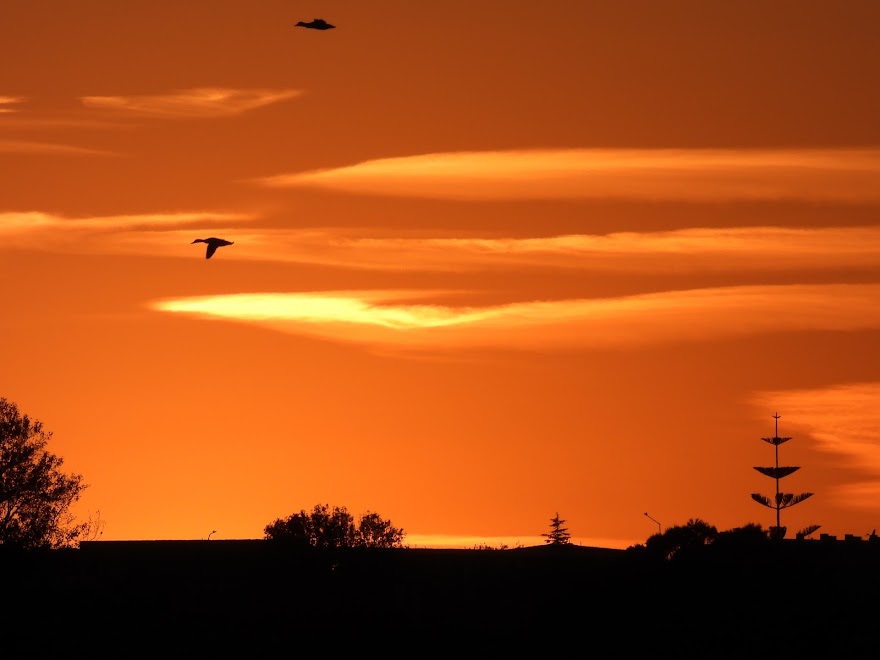Today is Sunday and I'm standing just across Great North Road from The Silver Bell, one of the Asian markets in the area. Poor Jeanne is still suffering with a sore foot. We're unsure what caused it, and it is very slowly getting better, but she couldn't walk along with me.
I decided to walk down and buy a couple jars of fermented glutinous rice. I'm comparing brands. I just discovered it the other day and found that I like it. It's one of those odd and wonderful foods, that I am delighted to have discovered. (the subject of a future post)
Instead of returning home the usual way, that is, along Great North Road, then Swanson and finally Sturges Road, I decided to cut under the railroad trestles next to GNR, skirt the back edge of the Corbin Estate, and walk through the Opanuku Stream Park.
This route is actually a little longer and it has a very steep hill at the end of it, but I wanted to get some exercise today and I don't mind going a slightly longer way around.
So come with me on my walk home. Here we are looking at some murals painted on the concrete supports beneath the railroad tracks.
Here is an eel on the Corbin Estate grounds. Corbin's is a winery.
This is a bridge from the Corbin Estate to the Opanuku Park.
The sky is a brilliant blue today and it's about 75 to 80 degrees. We're looking down into the Opanuku from the bridge. The stream is very low right now since we haven't had much rain this summer.
Here we are about 1/4 mile farther along towards home. There are really large beautiful trees along here.
I was surprised to find out that some of the largest are Monterey Cypress. The little one directly behind the light is a 'cabbage palm.'
There are also quite a few of what are called white pines, but are not pines at all. The Maori name for them is kahikatea.
We're leaving the Park and walkway area now and moving up into the residential area. Here comes the big hill. We live on the far side of it.
We're almost to the top now. These palms in the sunlight needed to be photographed. (and I needed a breather) Sturges Road is at the top of the hill.
We've now crossed Sturges and are walking downhill on Harvest Drive. In the distance, you can see the blue sides and red roof of a building on Summerland Primary's campus. Our house is on the right, about where the white car is.
George Ward Park is a good place to fly kites when the wind is right. The boys seem to feel that no visit to the park is complete unless they climb all over the sign.
Our house is just beyond the 2nd hedge; the one that sticks out a little more than the first hedge.















.JPG)
.JPG)
.JPG)
.JPG)
.JPG)
.JPG)
.JPG)
.JPG)

.JPG)
.JPG)

.JPG)

.JPG)



.JPG)
.JPG)
.JPG)
.JPG)
.JPG)
.JPG)
.JPG)
.JPG)
.JPG)







